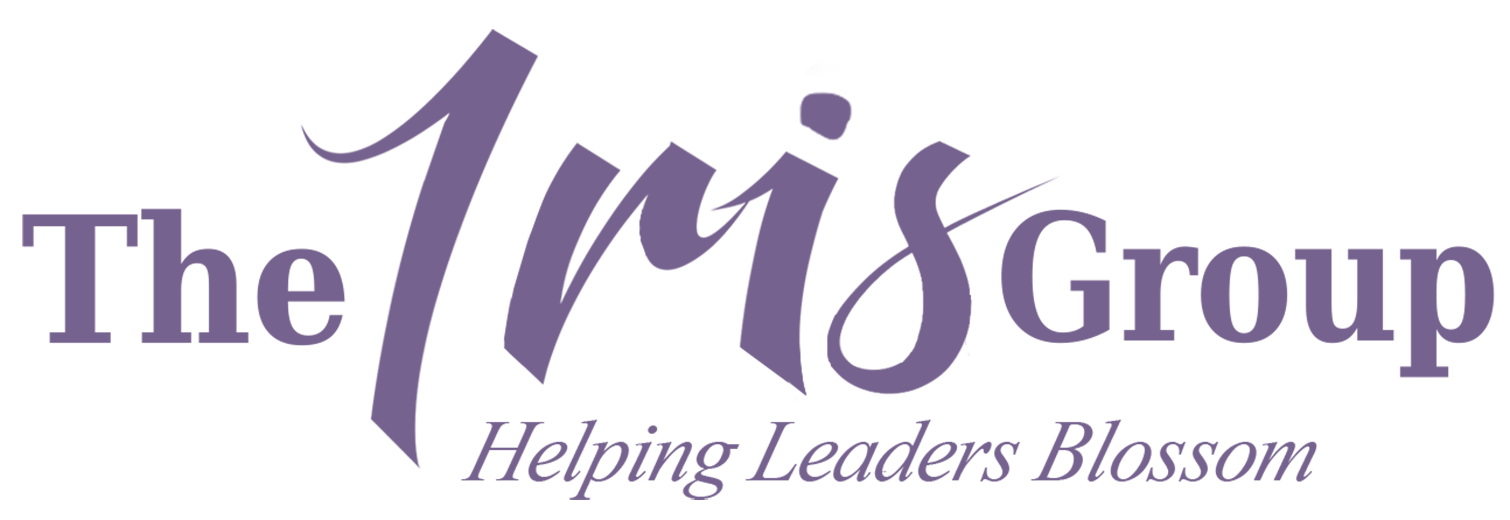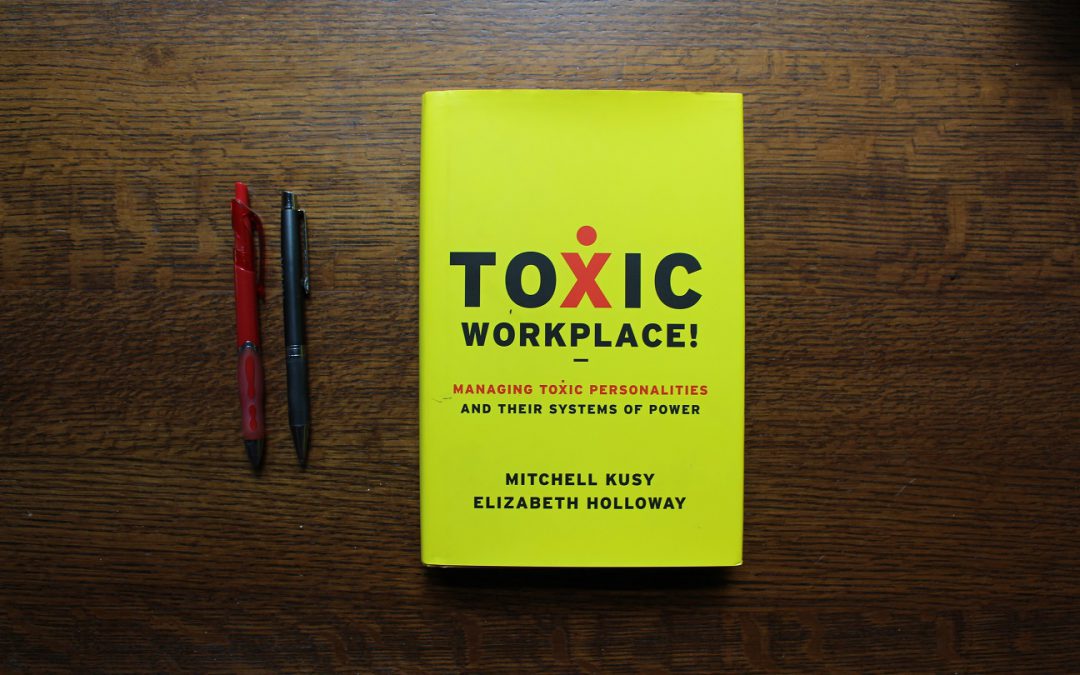2009 by Michell Kusy and Elizabeth Holloway
I use this book extensively when I am working with leaders who are faced with toxic behaviors by employees in the workplace. Kusy and Halloway’s research focuses on how toxicity is systemically reinforced and maintained, and they illustrate that toxic culture operates in vastly different ways than healthy workplace cultures. Often it’s a breakthrough moment when we can recognize that a different set of expectations need to shape an intervention strategy if actual toxic behavior is in play. For example, one of the reasons toxic behavior is tolerated is that the toxic employee is also a high achiever. Kusy and Halloway clearly demonstrate that the toxic high performer achieves success at the expense of those around them, and ultimately they lower the productivity of others.
The book is research heavy so be prepared for lots of tables and charts. The tool I use frequently is a list of toxic behaviors that can be rated on a Likert scale (page 24). When I am approach to coach someone who is described as toxic, this list clarifies if truly toxic behaviors are in play or if the candidate is just lacking emotional intelligence. The research from this book also gathers data on how effective various intervention strategies are. Warning … it’s a bit grim. I have saved client organizations considerable time and money by helping them understand what they’re up against and to stop attempting interventions that are effective with healthy employees.
If you are a leader to suspects someone in your organization is toxic, you may want to investigate Hogan’s Assessment. This assessment tool explores the darker side of personality and can clarify if there is an underlying mental illness fueling the toxic behavior. I have not used this tool personally, but I attended a session at the International Coaching Federation’s 2017 Converge Conference. Hogan made the case that in the US, many senior leaders are in fact toxic thus creating demand for this assessment tool.

